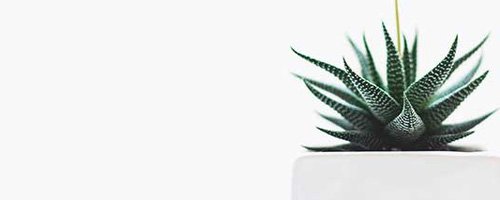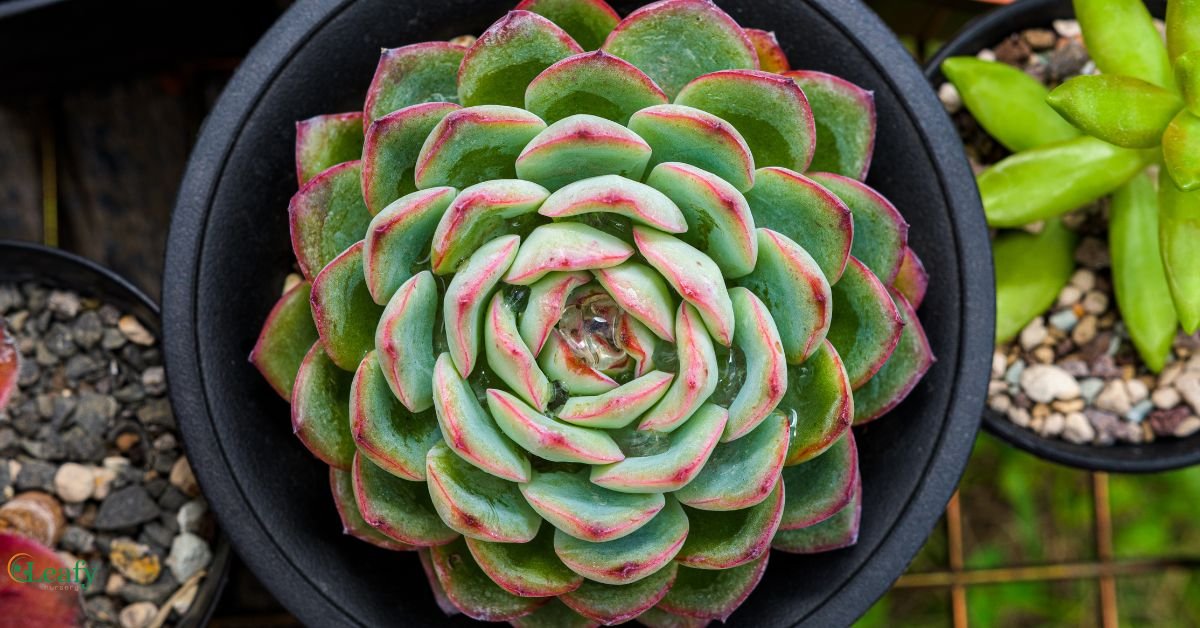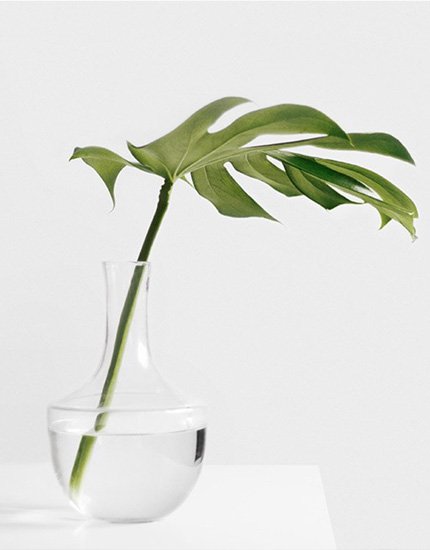Have you ever seen a plant so perfectly formed, it looks like it belongs in a fairy tale? Meet the Echeveria Pulidonis, a succulent that’s stealing hearts all over India, and for good reason! This isn’t your average green houseplant. With its elegant, rosette shape and striking red tips, the Echeveria Pulidonis is a little piece of art that’s incredibly easy to care for. If you’re looking to add a touch of sophistication and effortless beauty to your home or garden, this might be your perfect plant companion.
Why Echeveria Pulidonis is Trending in India
In India, where we love adding nature to our lives, succulents are becoming increasingly popular. Why? They’re low-maintenance, beautiful, and perfect for our diverse climate. The Echeveria Pulidonis stands out because of its unique look. The vibrant red edges contrast beautifully with the pale green leaves, making it a striking addition to any space, whether it’s a balcony in Mumbai, a garden in Bangalore, or a window sill in Delhi.
Moreover, its drought tolerance makes it exceptionally well-suited for the Indian climate, where water conservation is becoming increasingly crucial. This succulent not only brings beauty but also aligns with sustainable gardening practices. It’s no wonder it’s becoming a sought-after choice for modern Indian homes.
What Makes the Echeveria Pulidonis So Special?
Let’s dive deeper into what makes this succulent so enchanting:
The Rosette Shape: The leaves of the Echeveria Pulidonis grow in a perfect rosette formation. This symmetrical pattern is naturally pleasing and adds a touch of geometric elegance to any arrangement. It’s like having a tiny, living sculpture right in your home.
Those Stunning Red Tips: The characteristic feature of the Echeveria Pulidonis is undoubtedly its red-tipped leaves. These tips can deepen in color when exposed to more sunlight, creating a stunning contrast with the pale green of the rest of the leaf. It’s like a plant that blushes with happiness!
Compact Size: This succulent doesn’t take up much space, making it perfect for small apartments and urban homes in India. You can easily place it on a desk, a shelf, or a windowsill.
Easy to Care For: This is one of the most important reasons why it’s popular. It is quite forgiving of neglect, making it a great choice for both beginners and experienced gardeners in India.
Echeveria Pulidonis: Your Ultimate Care Guide for India
Now, let’s get to the nitty-gritty – how to care for your Echeveria Pulidonis:
Light, Light, Light!
What it Needs: Echeveria Pulidonis loves sunlight. Aim for at least 6 hours of bright, indirect sunlight each day. Think of a spot in your home that gets plenty of sun but is not directly under the intense afternoon heat, especially during the hot summer months in India.
What Happens if it Doesn’t Get Enough Light: If your succulent doesn’t get enough light, it will start to stretch and lose its compact shape. The leaves may also lose their vibrant color and appear pale and leggy. This is called etiolation. To avoid this, place your plant in a sunny spot. A south-facing window is usually ideal in India.
India Specific Tip: During the monsoon season in India, the sun might be hidden for days. If this happens, you might need to supplement with grow lights to keep your Echeveria happy and prevent etiolation.
Watering Wisely
The Key: The golden rule of succulent care: underwater rather than overwater. Echeveria Pulidonis is susceptible to root rot if the soil stays too wet.
How Often: In general, water only when the soil is completely dry. In the hot months, this might be every 1-2 weeks. During cooler months, you might only need to water every 3-4 weeks. The frequency will vary based on your local climate and pot size.
How to Water: When you do water, soak the soil thoroughly and allow the excess water to drain from the bottom of the pot. Do not let the pot sit in standing water.
India Specific Tip: The humidity levels in India can change dramatically during the year. Adjust your watering schedule based on the season. Be especially careful not to overwater during the monsoon. You might need to let your plant dry out a little more between watering.
Well-draining soil is Crucial
Why: Echeveria Pulidonis needs soil that drains very well. Regular garden soil is usually too heavy and holds too much moisture, which can lead to root rot.
Ideal Mix: A good succulent mix is usually made of cactus soil and perlite or coarse sand. A mix of 50% cactus soil, 30% perlite and 20% coarse sand works well. The perlite and sand help to aerate the soil and ensure it drains quickly.
India-Specific Tip: You can find cactus and succulent potting mix in most nurseries in India. You can also make your own mix using easily available ingredients like coco peat, perlite, and vermicompost.
Potting and Repotting
Pot Choice: Use pots with drainage holes. Terracotta pots are a great choice because they are porous and allow the soil to dry out faster.
Repotting: Echeveria Pulidonis doesn’t need to be repotted too often. Usually, every 1-2 years is sufficient, or when it outgrows its current container. Choose a pot that’s only slightly larger than the previous one, as too large a pot can retain too much moisture.
India-Specific Tip: During repotting, be gentle with the roots. Remove any dead or rotting roots before placing it in the new pot. Repot during spring or early summer for best results.
Temperature and Humidity
Ideal Temperature: Echeveria Pulidonis thrives in warm temperatures between 18-24°C (65-75°F). It can tolerate slightly higher temperatures, but avoid exposing it to extreme heat.
Humidity: It can tolerate normal humidity levels common to Indian homes. High humidity can sometimes lead to fungal issues. If the humidity is very high, make sure that the air around the plant is circulating well by placing it where there is a draft or using a small fan.
India-Specific Tip: While it can tolerate some heat, avoid placing your Echeveria Pulidonis near hot windows or direct heat during the summer months in India.
Fertilizing
When to Fertilize: Echeveria Pulidonis doesn’t require frequent fertilization. You can feed it lightly during the growing season (spring and summer) with a diluted balanced liquid fertilizer.
How Often: Fertilize once a month during the growing season at half or quarter strength. Do not fertilize during the dormant period (autumn and winter).
India-Specific Tip: Avoid fertilizing during the rainy season. Over-fertilization can burn the roots of your succulent, so be cautious.
Common Problems and Solutions
Root Rot: This is the most common issue, caused by overwatering and poorly draining soil. If your plant’s leaves feel soft and mushy, it may be a sign of root rot. Remove the plant from the pot, trim away any rotted roots and replant it in fresh, dry soil.
Mealybugs: These tiny, white, cottony pests can sometimes infest succulents. You can remove them by gently wiping with cotton dipped in rubbing alcohol or use neem oil.
Sunburn: If your succulent’s leaves start to turn brown or scorched, it may be getting too much direct sunlight. Move it to a spot with indirect light.
Adding Beauty to Your Indian Home
Echeveria Pulidonis is more than just a plant; it’s a statement. Its unique look and easy-care nature make it the perfect addition to any modern Indian home. Whether you’re a seasoned plant parent or just starting your gardening journey, this little beauty is sure to bring joy and a touch of elegance to your space.
So, are you ready to bring home your very own Echeveria Pulidonis?



